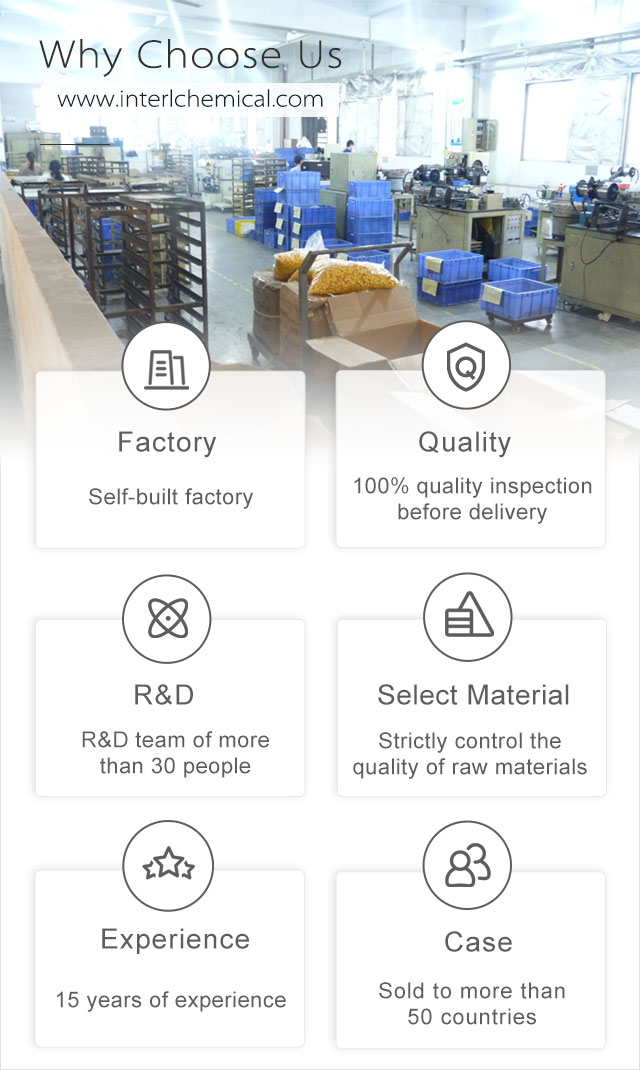





Related Attributes
Product details
Capsaicin is the active ingredient of Capsicum annuum. It is insoluble in cold water, soluble in ethanol, ether, benzene and chloroform; slightly soluble in carbon disulfide. Derived from synthetic natural capsaicin analogs. Similar. It is irritating to mammals, including humans, and can produce a burning sensation in the mouth. Capsaicin and some of its related compounds are known as capsaicinoids. Capsaicin and some of its related compounds are called capsaicinoids, which may be secondary metabolites produced by chili peppers to discourage herbivore feeding and fungal parasitism, possibly as a deterrent to herbivores. Birds in general are not sensitive to capsaicinoids. It is possible that capsaicin is a secondary metabolite produced to deter herbivores from nibbling and fungus. Pure capsaicin is a hydrophilic, colorless and odorless crystalline or waxy compound. Capsaicin has strong analgesic and anti-inflammatory effects. Contact us for more information.

Pharmacokinetics of Nonivamide:
Capsaicin is the major capsaicin element in chili peppers, with dihydrocapsaicin in second place. The spiciness of these two compounds is almost twice as high as that of degraded dihydrocapsaicin, high dihydrocapsaicin and high capsaicin. Dilute solutions of different pure capsaicinoids can give different spicy sensations, but their concentrated solutions do not. Capsaicin is produced through primary afferent neuronal terminals and a specific molecular receptor on the cytosolic membrane mediates the effect, this receptor is called capsaicin receptor, also known as vanilloid body. Capsaicin binds to VR1 and activates the receptor with a membrane ion channel that is directly coupled to the receptor. This is a relatively non-specific cation channel. The channel opens mainly with calcium ions entering the cell, potassium ions exiting the cell, and some capsazepin is a competitive antagonist of VR1, but it does not itself cause or relieve pain, suggesting that it does not have a corresponding ligand that binds to the pain site. binding to the corresponding ligand.

Clinical Application of Nonivamide:
Natural capsaicin is a low-toxic, non-polluting compound with various biological functions, which is widely used in daily life.
(1) Firstly, it is used in spices, chili powder, chili sauce, curry and hot pot base all contain capsaicin, which greatly improves the taste and flavor of dishes. The stimulating effect of capsaicin can also be added into the spray for self-defense in case of emergency.
(2) In the field of medicine, it can be used for non-addictive analgesia, inhibiting bacteria and fungi, promoting blood circulation, and can be made into rubs, tinctures, creams and patches. In recent years, people found that capsaicin Capsaicin has good analgesic and anti-inflammatory effects. At present, there are creams made of capsaicin for surface application to treat skin pain and itching, and the curative effect is considerable.
(3) Capsaicin can also be used as a pest repellent, as an anti-rodent additive for cable plastic sheathing to prevent termites and rats from cutting plastic granules and coatings for cables, underground buildings and civil furniture manufacturing. underground buildings and civil furniture manufacturing and others.

Why choose us?

HRK Factory

About Shipping

Pharmaceutical Intermediate manufacturers
©2023 Xi'an Henrikang Biotech Co., Ltd.,